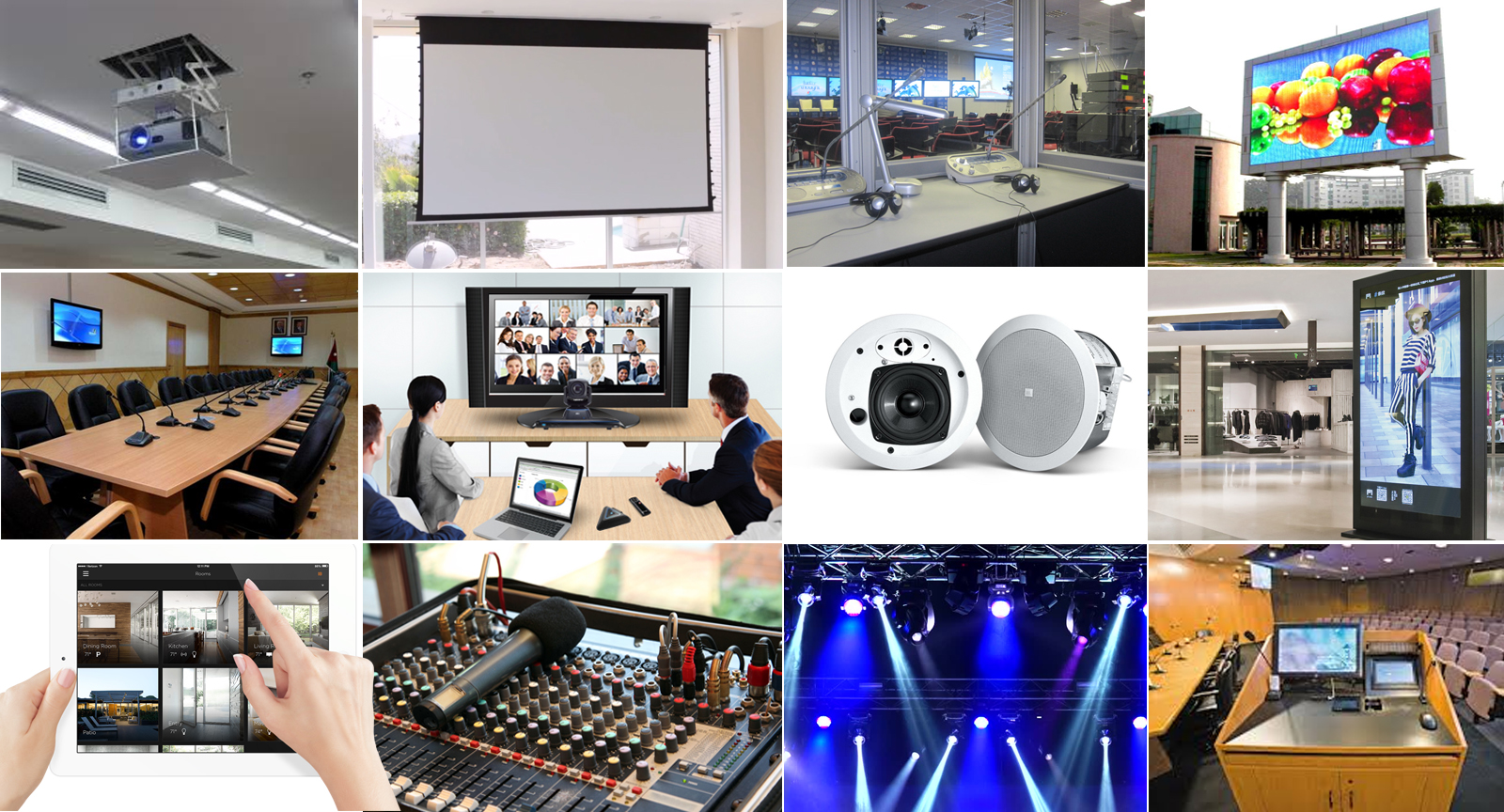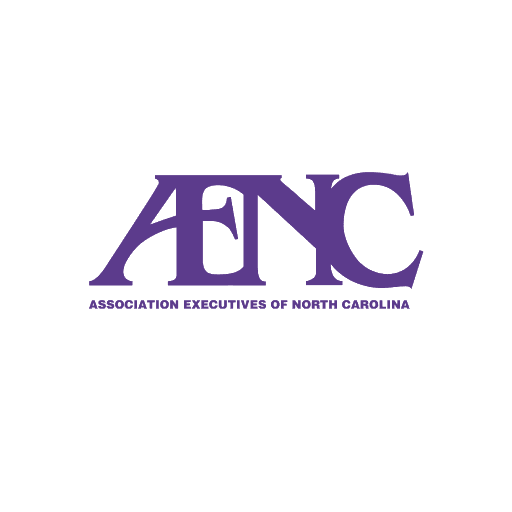Real-life examples showcasing audio visual charlotte nc in action
Wiki Article
Recognizing the Addition of Audio Visual Modern technology in Today's Educational Environments
The combination of audio-visual technology in educational setups has transformed the training and finding out procedure. Educators now have access to tools that deal with different finding out designs, enhancing student engagement and cooperation. The consolidation of these technologies offers both chances and difficulties. Understanding how to effectively apply these tools is important. What approaches can educators employ to optimize the benefits of audio-visual innovation in their class?The Advancement of Audio-Visual Technology in Education
As instructional requirements evolved over the years, audio-visual technology undertook significant makeovers that reshaped the knowing atmosphere. Devices such as movie projectors and slide programs were the key ways of integrating aesthetic aspects right into classrooms. These very early technologies offered teachers with the capability to existing info dynamically, yet they were limited in access and interactivity.With the introduction of videotape recorder in the 1970s, class began to integrate documented lessons, broadening the range of academic sources. The intro of computers in the 1980s additional transformed this landscape, enabling the creation of multimedia presentations and interactive discovering experiences.
The surge of the internet in the 1990s marked a zero hour, enabling real-time access to a wide range of audio-visual materials. Today, electronic devices such as interactive white boards and on-line knowing systems remain to enhance the educational experience, promoting interaction and cooperation among students.
Advantages of Audio-Visual Devices for Diverse Discovering Styles
Audio-visual tools play an important function in providing to varied learning styles by improving visual discovering and boosting auditory interaction. By incorporating pictures, video clips, and audio, these modern technologies develop an even more inclusive academic environment. This multifaceted approach permits instructors to address the varied choices and demands of students successfully.Enhancing Visual Understanding
Engagement in the knowing process is substantially enhanced via the use of audio-visual devices, catering to numerous finding out designs. These tools, such as videos, infographics, and interactive presentations, give visual stimulations that assist understanding and retention. Aesthetic students, in particular, take advantage of the consolidation of photos and animations, which can streamline intricate ideas and boost understanding. Furthermore, audio-visual resources can illustrate real-world applications, making discovering more appropriate and interesting. By incorporating color, activity, and audio, instructors can develop a dynamic discovering environment that captures students' focus and cultivates deeper cognitive links. Ultimately, the tactical use audio-visual innovation not only sustains aesthetic learning but additionally improves the total educational experience for varied students.Improving Auditory Interaction
A significant benefit of incorporating audio-visual tools in education is their capacity to enhance auditory interaction among students. These devices, which encompass multimedia discussions, podcasts, and interactive sound aspects, deal with various finding out styles, specifically benefiting auditory learners (audio visual charlotte nc). By integrating audio and narration, instructors can create immersive experiences that capture students' focus and enhance understanding. This interaction is vital, as it cultivates a much deeper understanding of the material and promotes retention. Furthermore, audio-visual devices can help with collaborative understanding settings, motivating students to join discussions and share their understandings. Ultimately, the consolidation of audio-visual modern technology not only supports acoustic involvement but also enriches the overall instructional experience, making finding out more vibrant and effective for all studentsEnhancing Engagement Through Interactive Understanding

Furthermore, gamification components, such as tests and simulations, can improve motivation and retention, making discovering more pleasurable and efficient. These techniques not just stimulate cognitive involvement but likewise satisfy diverse discovering designs, guaranteeing that all pupils can take part meaningfully. Therefore, interactive knowing atmospheres cultivate a sense of neighborhood and belonging, ultimately resulting in improved scholastic results. Via the assimilation of audio visual technology, instructors can change traditional class right into lively spaces where students grow and proactively shape their academic trips.
Bridging Concept and Experiment Multimedia Resources
Multimedia resources work as an important web link in between theoretical ideas and useful application in instructional setups. By enhancing involvement, promoting joint learning experiences, and supporting varied knowing designs, these tools produce a much more comprehensive and vibrant understanding setting - audio visual charlotte nc. This technique not just cultivates much deeper understanding however likewise prepares trainees for real-world difficulties
Enhancing Engagement With Multimedia
Engagement in instructional setups considerably boosts when instructors integrate multimedia resources right into their training strategies. The usage of videos, podcasts, and interactive presentations enhances the discovering experience, enabling students to link with the material on several levels. Multimedia resources deal with numerous discovering designs, supplying visual, auditory, and kinesthetic stimulations that can hold trainees' attention better than traditional lecture techniques. Furthermore, these sources can streamline complex ideas, making them more available and memorable. By integrating multimedia, instructors can produce a vibrant class setting that fosters curiosity and motivates students. Eventually, the strategic use audio-visual technology serves to connect the gap in between academic knowledge and sensible application, improving the educational experience for both teachers and students.Promoting Collaborative Understanding Experiences
Numerous studies suggest that collective understanding experiences markedly boost trainee end results when incorporated with multimedia resources. Multimedia tools help with communication among pupils, enabling them to take part in problem-solving and essential assuming collectively. By utilizing video clip conferencing, collaborative systems, and interactive presentations, teachers produce settings for teamwork and shared understanding. These innovations enable students to connect their ideas properly and obtain instant comments, promoting a much deeper understanding of the subject issue. Furthermore, multimedia resources can offer complex ideas in even more absorbable formats, advertising conversation and partnership. As a result, the combination of collective discovering and audio-visual technology not just improves the academic experience yet also prepares pupils for real-world teamwork characteristics, emphasizing the importance of teamwork and collective understanding building and construction.Supporting Diverse Learning Styles
While conventional teaching methods typically deal with a minimal array of learning choices, the combination of audio-visual innovation supplies an extra inclusive approach to education and learning. By utilizing multimedia sources such as videos, interactive simulations, and electronic discussions, educators can address different learning styles, including aesthetic, acoustic, and kinesthetic. This adaptability enables separated guideline, making it possible for students to involve with web content in manner ins which reverberate with their individual choices. Additionally, audio-visual devices can facilitate much deeper understanding by offering several representations of intricate ideas. Therefore, trainees who may fight with traditional methods can find alternate pathways to success, cultivating a much more equitable understanding setting that sustains scholastic achievement for all students.Challenges in Carrying Out Audio-Visual Innovation
Audio-visual technology holds excellent guarantee for enhancing instructional experiences, its execution typically runs into substantial challenges. One key worry is the economic concern connected with getting and keeping such equipment, which can strain budgets, particularly in underfunded establishments. Additionally, insufficient training for teachers can prevent effective combination, leaving them ill-prepared to use the modern technology fully. Technical problems, such as software breakdowns and compatibility problems, may additionally disrupt lessons and annoy both educators and students. Additionally, differing levels of trainee access to innovation outside the class can create disparities in learning possibilities. Ultimately, the capacity for over-reliance on technology may interfere with essential teaching techniques, ultimately limiting the instructional experience. Resolving these obstacles requires an extensive strategy, including ample financing, specialist growth, and fair access to sources, to guarantee that audio-visual modern technology can be leveraged effectively in today's instructional settings.Best Practices for Integrating Modern Technology in the Classroom

Additionally, fostering an interactive setting via joint tools urges student interaction and involvement. Using varied audio-visual sources deals with different finding out styles, accommodating visual, acoustic, and kinesthetic students. Frequently reviewing the impact of innovation on student knowing aids teachers refine their techniques and adapt to transforming needs. Lastly, entailing pupils in the choice of modern technology promotes possession and inspiration. By sticking to these finest techniques, instructors can create a dynamic classroom atmosphere that successfully integrates modern technology and enhances the instructional experience for all pupils.
The Future of Audio-Visual Technology in Education
As class significantly embrace technology, the landscape of audio-visual tools in education continues to evolve (audio visual charlotte nc). Future developments are anticipated to concentrate on greater interactivity and customization, permitting teachers to tailor learning experiences to private student requirements. Technologies such as augmented fact (AR) and virtual truth (VIRTUAL REALITY) will likely offer immersive learning environments, improving student interaction and understanding
Man-made knowledge (AI) is poised to play a substantial duty in audio-visual innovation by supplying real-time feedback and adaptive understanding pathways. This integration might assist instructors recognize and address pupil challenges extra successfully. Cloud-based platforms will help with simpler access to sources and collaboration amongst trainees and teachers, despite location.
Along with these technological breakthroughs, expert growth for educators will be vital, ensuring they are equipped to use these tools efficiently. Generally, the future of audio-visual technology in education promises to produce even more vibrant, inclusive, and impactful knowing experiences.
Frequently Asked Questions
Exactly How Can Teachers Choose the Right Audio-Visual Equipment for Their Class?
Selecting ideal audio-visual devices needs instructors to examine their educational objectives, consider student needs, assess readily available technology, and look for referrals from peers or professionals, guaranteeing tools efficiently improve learning and interaction within their particular classroom atmosphere.What Budget plan Considerations Are There for Implementing Audio-Visual Innovation?
Budget considerations for implementing audio-visual technology consist of preliminary purchase expenses, maintenance expenses, training for team, and possible software application licensing costs. Additionally, lasting financial investment click here in updates and substitutes ought to additionally be factored into monetary planning.Exist Specific Training Resources for Educators on Audio-Visual Equipment?
Numerous institutions provide training resources for instructors on audio-visual tools, consisting of on-line programs, workshops, and instructional overviews. These sources intend to enhance teachers' abilities and confidence in efficiently integrating modern technology into their training methods.How Do We Gauge the Effectiveness of Audio-Visual Innovation in Learning?
Measuring the performance of audio-visual modern technology in finding out involves evaluating student interaction, comprehension, retention rates, and overall scholastic efficiency. Studies, analyses, and empirical research studies can provide useful understandings right into its influence on educational results.What Prevail Misunderstandings Regarding Audio-Visual Innovation in Education?
Common mistaken beliefs about audio-visual modern technology in education include the belief that it guarantees engagement and discovering results, along with the presumption that all students profit similarly, neglecting specific learning preferences and requirements.Report this wiki page